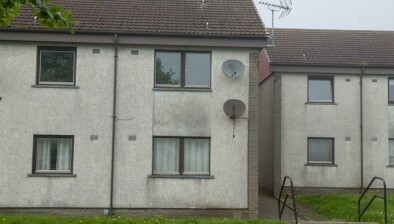Larger sample of Aberdeen properties to be inspected for RAAC

Aberdeen City Council has written to all residents and owners in properties of a particular historic construction type in the Balnagask area of Aberdeen affected by RAAC in roof construction.
Specialist structural engineers have inspected about 30 properties and the next stage is to inspect a larger sample size of the Balnagask households. Tenants will be contacted directly to arrange these works.
Evidence of RAAC has been found in the roofs of the 30 Balnagask properties and the further inspections are being carried out to determine what the next stage will be. Residents (including council tenants and private tenants) and owners will be kept informed.
An Aberdeen City Council spokeswoman said: “The council will continue to do all we can to provide support and advice, and we will continue to be guided by advice as matters progress.”
In the letter sent to council tenants, the council said it will make arrangements for access for the surveys. Property owners are advised to seek their own surveys.
The ongoing exercise to check all of Aberdeen City Council’s 23,000 housing stock has not found any other RAAC so far.
Reinforced autoclaved aerated concrete (RAAC) is a lightweight construction material which was used in the construction industry between the 1950s and 1990s. It was used mostly in flat roofing, but also in some pitched roofs, floors and walls.
It was quicker to produce, easier to install, and cheaper than standard concrete. Despite its name, it is very different to traditional concrete although it looks similar. It is aerated, or ‘bubbly’, and is therefore less durable than traditional concrete.







